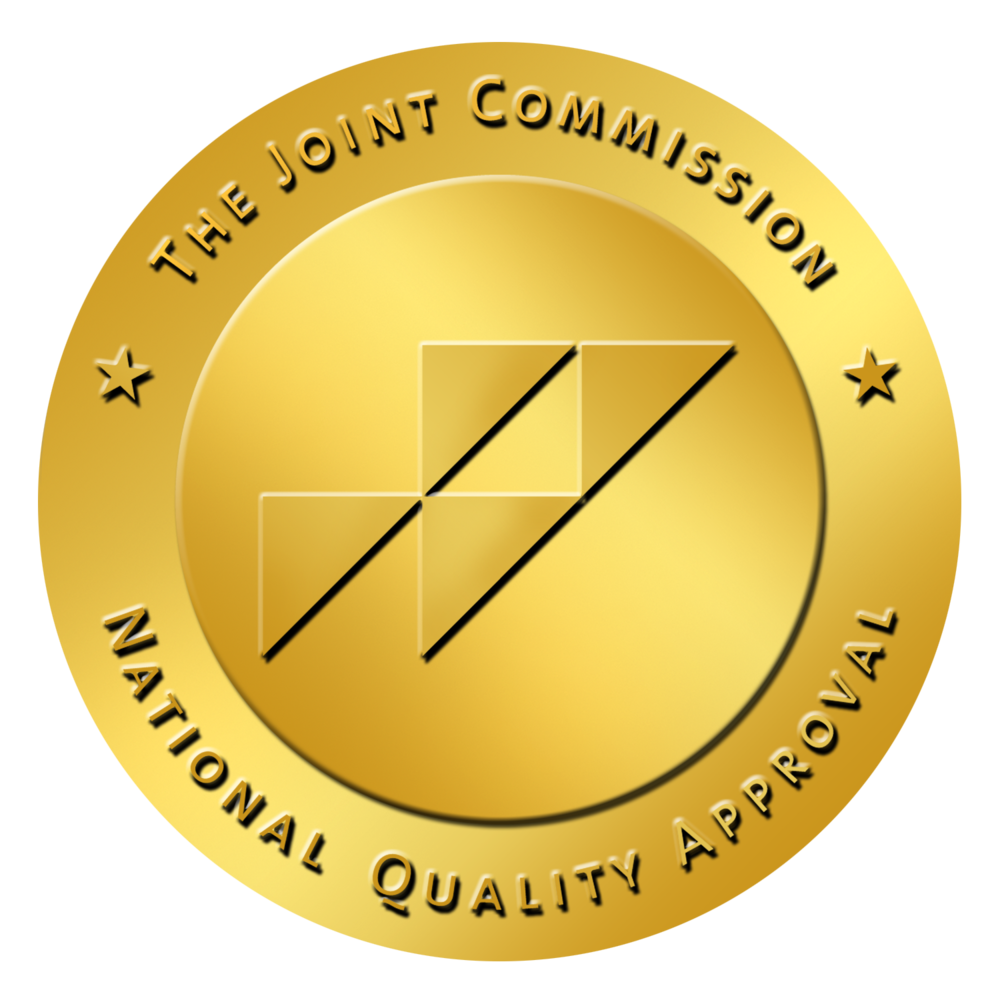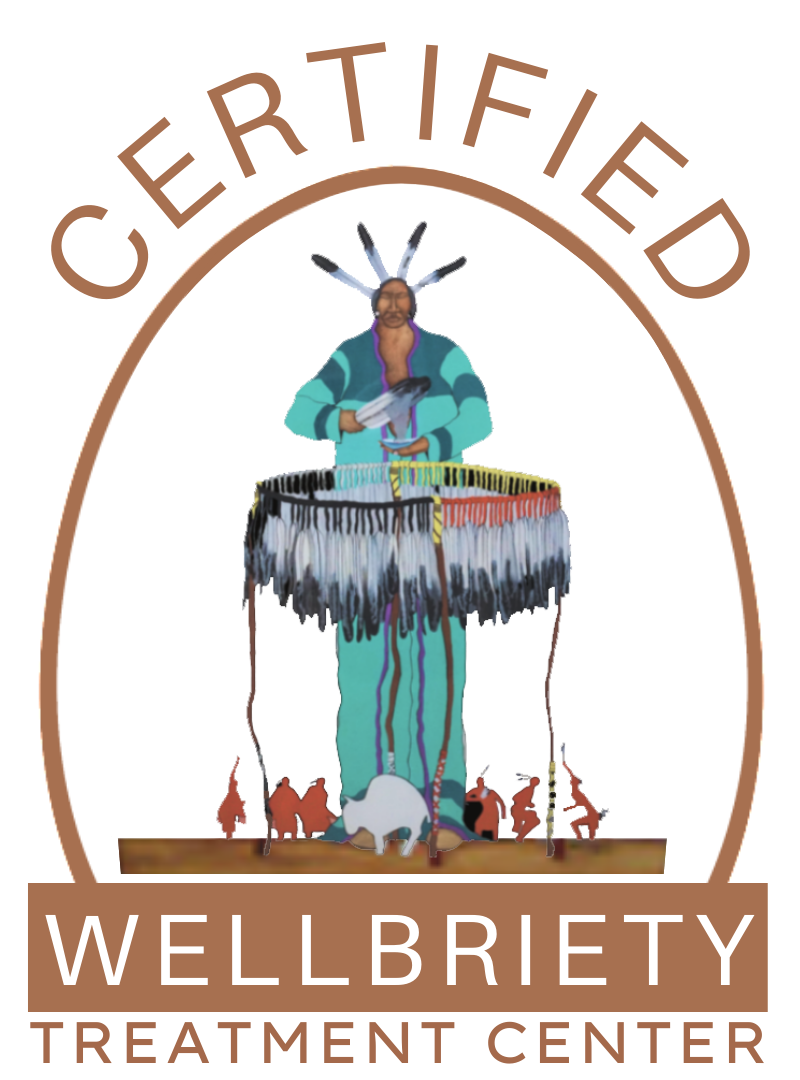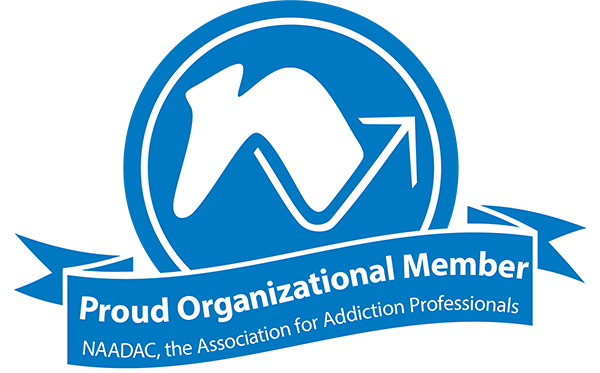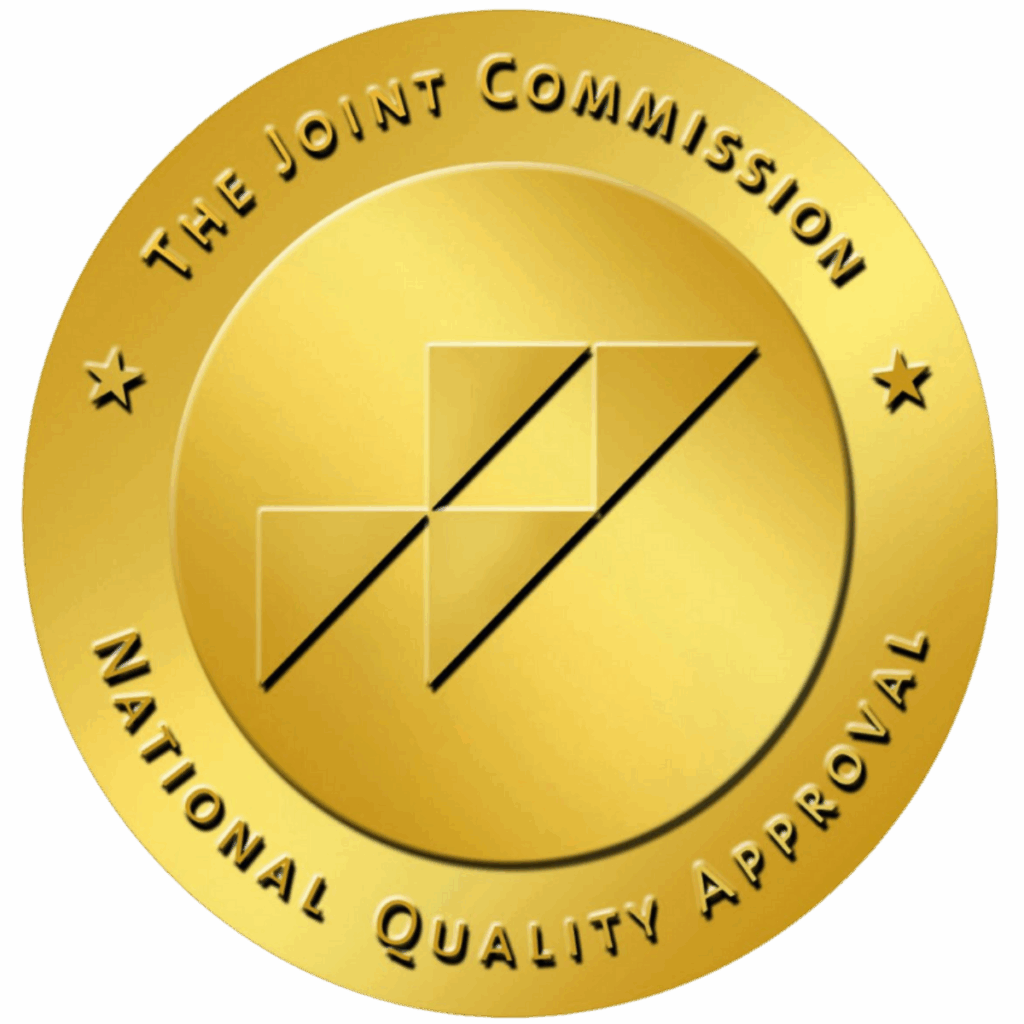Trauma can leave lasting imprints on the mind and body, often resurfacing as anxiety, depression, or physical tension. In recent years, innovative trauma therapies like Brainspotting and Eye Movement Desensitization and Reprocessing (EMDR) have gained attention for their ability to help individuals heal at a deep neurological level. While both therapies are effective, they use different approaches to process traumatic memories and promote recovery. If you’re considering Brainspotting vs EMDR, understanding their differences can help you choose the right path for your healing journey.
What Is EMDR?
Eye Movement Desensitization and Reprocessing (EMDR) is a structured psychotherapy developed in the late 1980s by Dr. Francine Shapiro. EMDR helps people process traumatic memories through bilateral stimulation—usually eye movements, tapping, or sounds that alternate between the left and right sides of the body.
How EMDR Works:
-
A therapist guides you to recall distressing memories while engaging in bilateral stimulation.
-
The process helps rewire how traumatic events are stored in the brain.
-
Over time, painful memories lose their emotional charge, allowing for new, healthier perspectives.
EMDR is widely recognized as an evidence-based treatment for post-traumatic stress disorder (PTSD), anxiety, and other trauma-related conditions.
What is Brainspotting?
Brainspotting (BSP) is a newer trauma therapy developed by Dr. David Grand in 2003. It’s based on the idea that where you look can affect how you feel, and that eye positions—or “brainspots”—can help access unprocessed trauma stored deep in the brain.
How Brainspotting Works:
-
A therapist helps you find a brainspot, which is an eye position connected to a specific emotional or physical response.
-
You focus on the spot while tuning into your body’s sensations and emotions.
-
This allows trauma to surface and process naturally, often bypassing the need for detailed verbal recounting.
Brainspotting is often described as gentle yet powerful, making it a strong option for people who find traditional talk therapy overwhelming.
Get confidential help from our addiction and mental health treatment facilities located across the United States. Call to join one of our quality programs today!
Speak With Our Admissions Team
Brainspotting vs EMDR: Key Differences
While both therapies help reprocess trauma, their techniques and experiences differ:
| Feature | EMDR | Brainspotting |
|---|---|---|
| Technique | Uses structured protocols and bilateral stimulation (eye movements, tapping, sounds) | Uses eye positions (brainspots) to access stored trauma |
| Structure | Highly structured with set phases | Flexible, more client-led |
| Focus | Actively reprocesses specific memories | Allows the body and brain to naturally process trauma |
| Talking | Involves recalling and discussing traumatic events | Minimal talking; less verbal retelling |
| Research | Widely researched and evidence-based | Growing research support, especially in trauma and performance issues |
| Best For | PTSD, specific traumatic memories | Complex trauma, somatic symptoms, performance anxiety |
Which One is Right for You?
The choice between Brainspotting vs EMDR often depends on your needs and comfort level:
-
If you prefer a structured, evidence-based approach and don’t mind recalling difficult memories, EMDR may be a good fit.
-
If you’re sensitive to reliving trauma, prefer less talking, or want a gentler process, Brainspotting might feel more supportive.
-
Some therapists are trained in both modalities and can tailor sessions based on what works best for you.
Looking for quality treatment for substance abuse and mental health that’s also affordable? Aliya Veterans treatment facilities accept most major insurance providers. Get a free insurance benefits check now!
Check Your Coverage
Both Brainspotting and EMDR offer powerful tools for healing trauma by working with the brain’s natural ability to reprocess painful experiences. Whether you choose Brainspotting or EMDR, working with a skilled therapist can help you move beyond survival and into recovery.
If you or a loved one is struggling with trauma, anxiety, or unresolved pain, reach out to a qualified mental health professional to explore your options. Healing is possible—and these therapies can help you get there.
Get Help for PTSD and Trauma Today
If you or a loved one is living with PTSD, chronic pain, or emotional distress from past traumatic experiences, healing is possible. At our treatment center, we offer both EMDR therapy and brainspotting therapy, two evidence-based approaches proven to help people process emotional pain and reduce their distress level. Through an individualized process built around your personal preferences, we’ll guide you with effective therapy techniques such as the eight phases of EMDR, emdr eye movements, body scans, and brainspotting sessions designed to release trauma stored in the body.
Whether you’re seeking support for eating disorders, borderline personality, personality disorders, or co-occurring struggles, our therapists provide compassionate care using family systems approaches and trauma-focused methods. We can also help you understand the difference between EMDR and brainspotting, offering a comparative study of how each technique works so you can find the best fit for your recovery journey. Recognized by leading health organizations, these therapies empower you to move forward with resilience and peace.
Take the first step today. Call us to schedule an EMDR session or brainspotting therapy consultation, and discover the path toward lasting relief and recovery.
- The AIP Model of EMDR Therapy and Pathogenic Memories – PMC (nih.gov)
- EMDR in the Treatment of Adolescent Obsessive-Compulsive Disorder: A Case Study | Springer Publishing
- Prince Harry raises awareness of EMDR – EMDR Association UK – Overcoming trauma with expert help
- David Grand, PhD – Brainspotting














